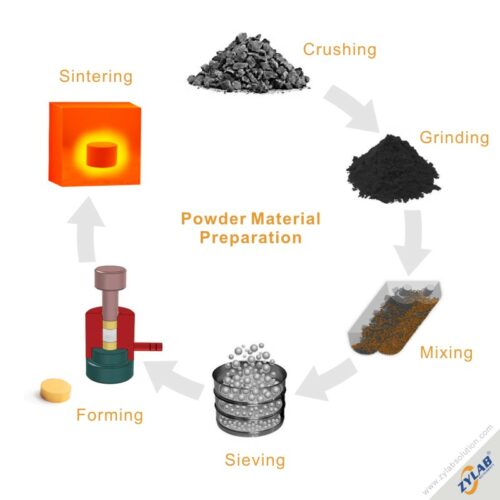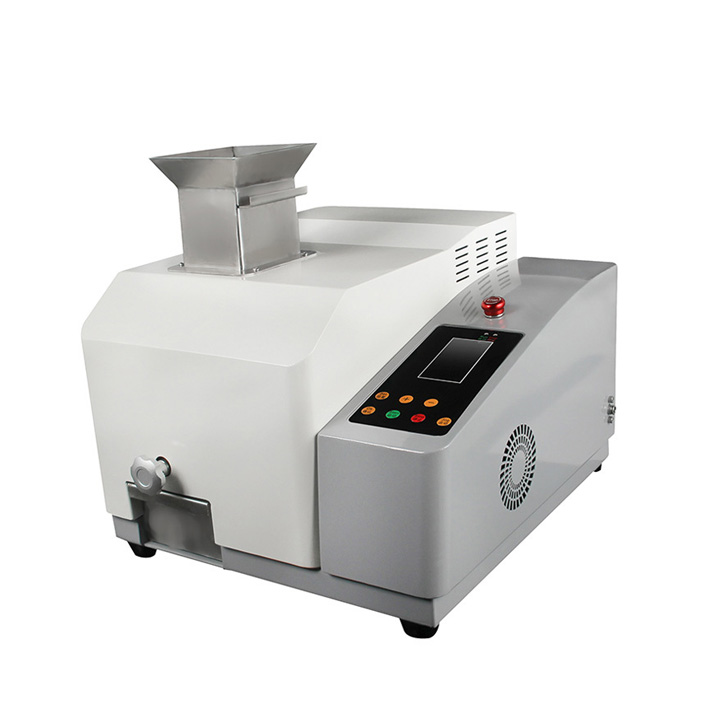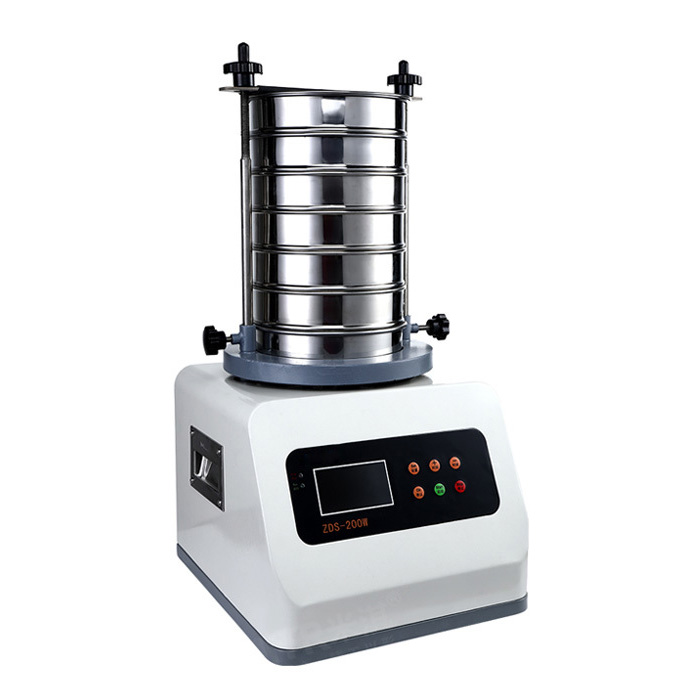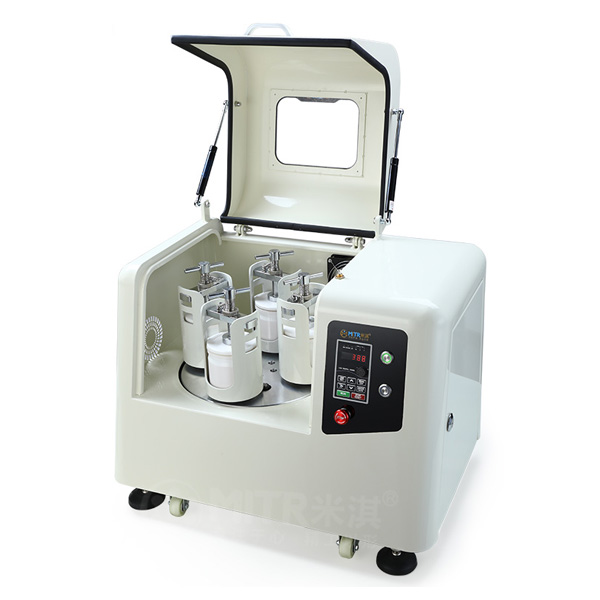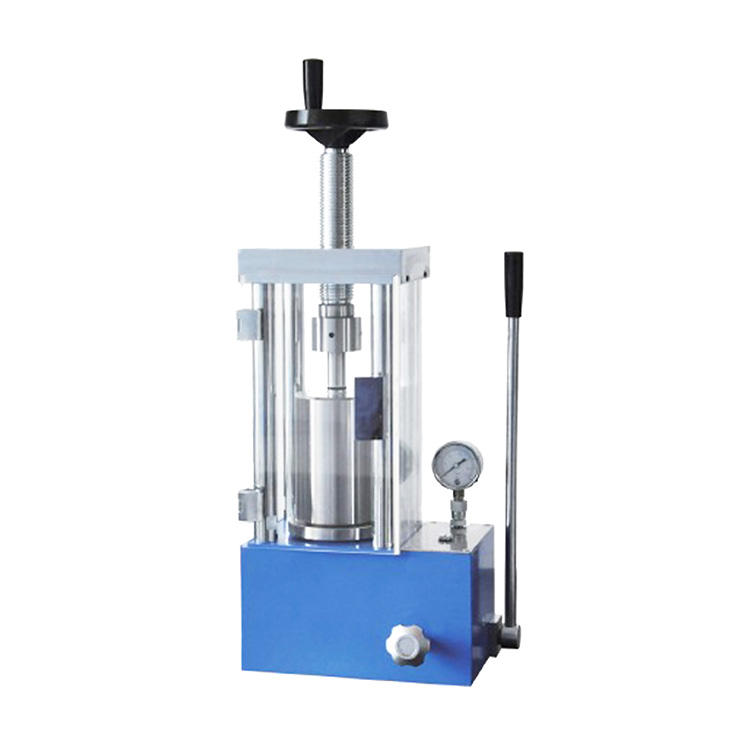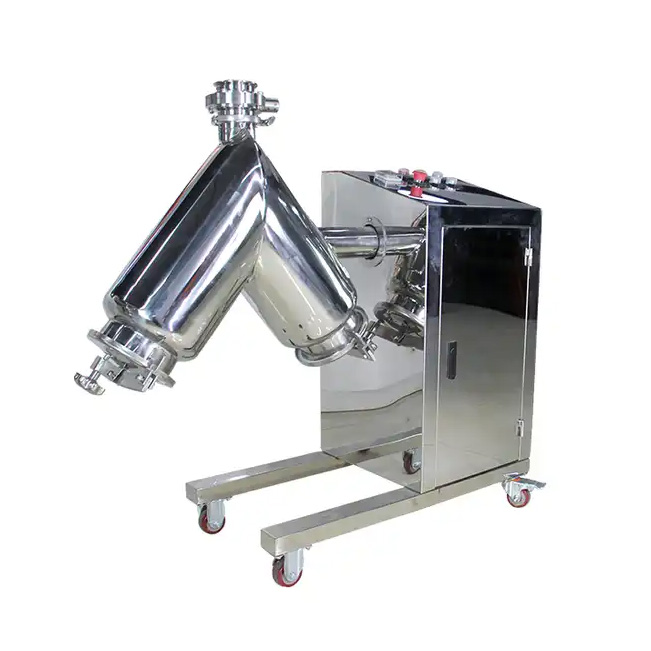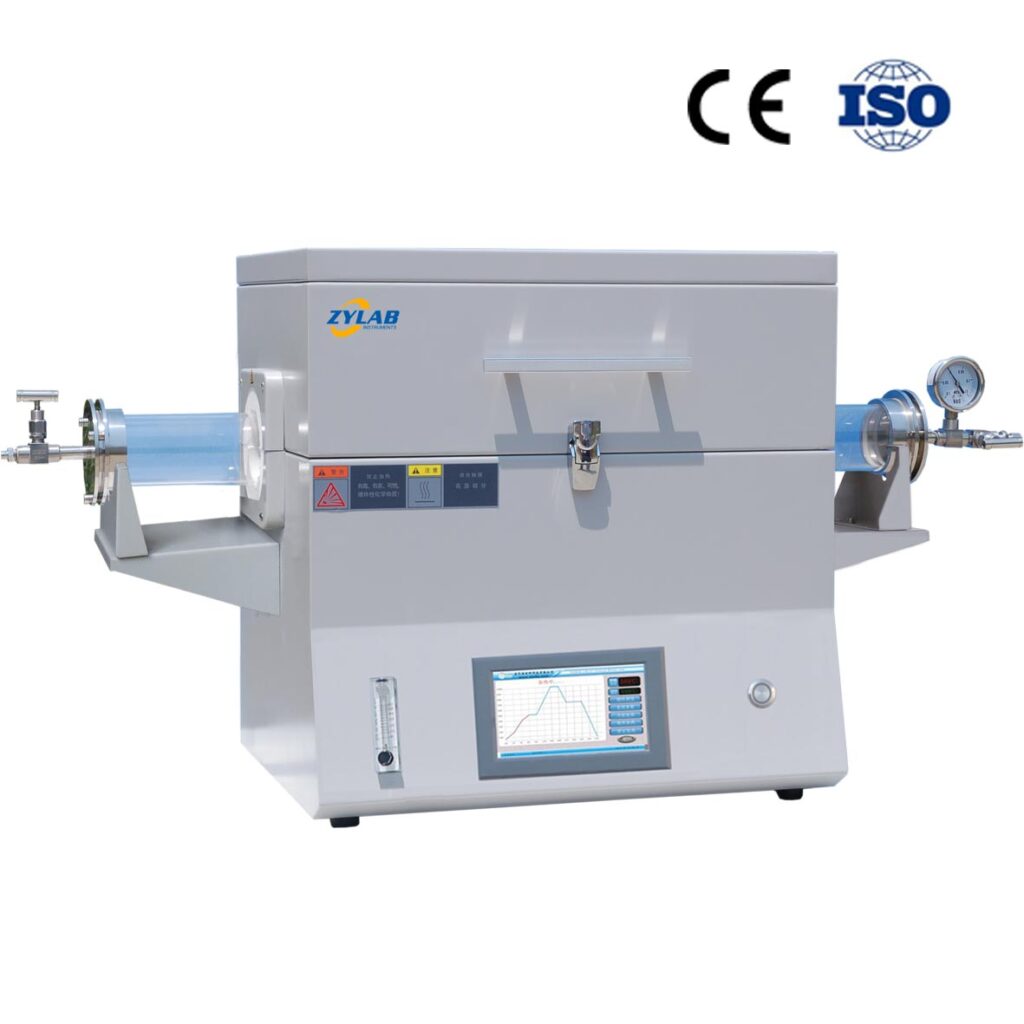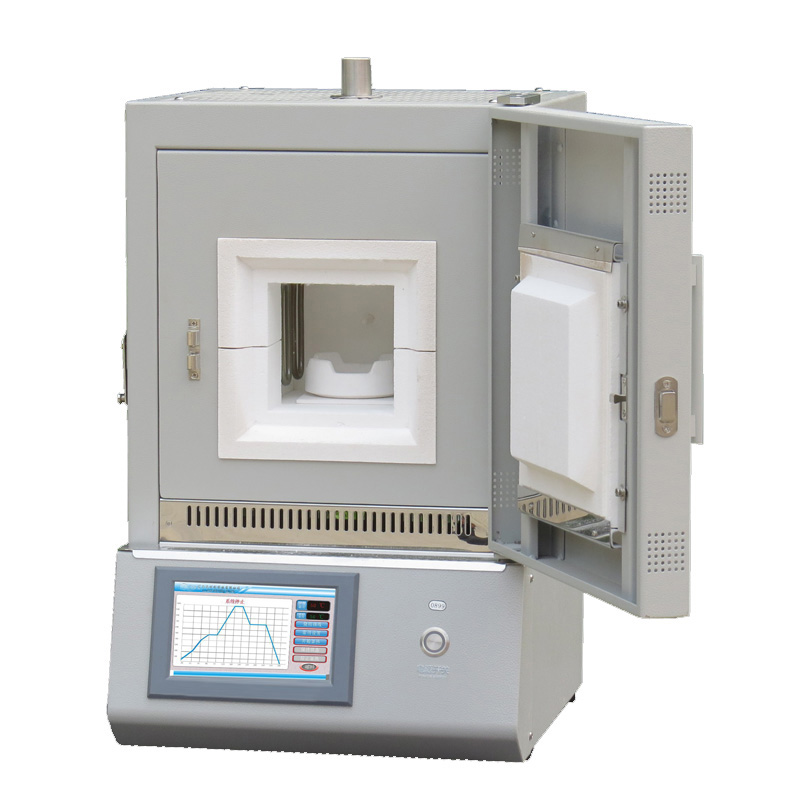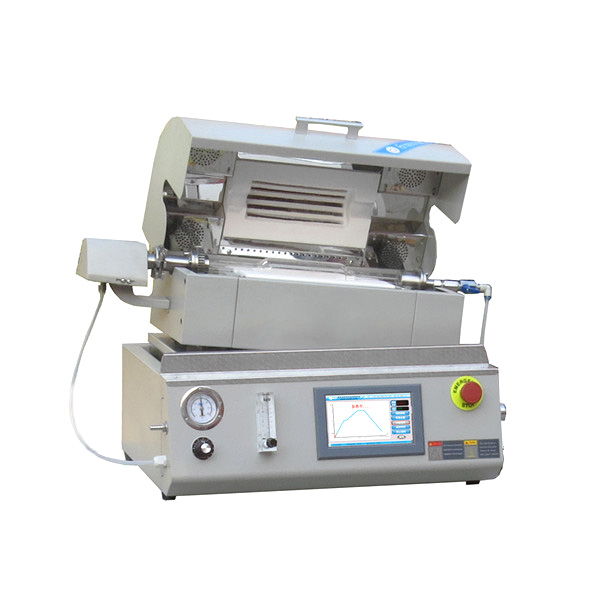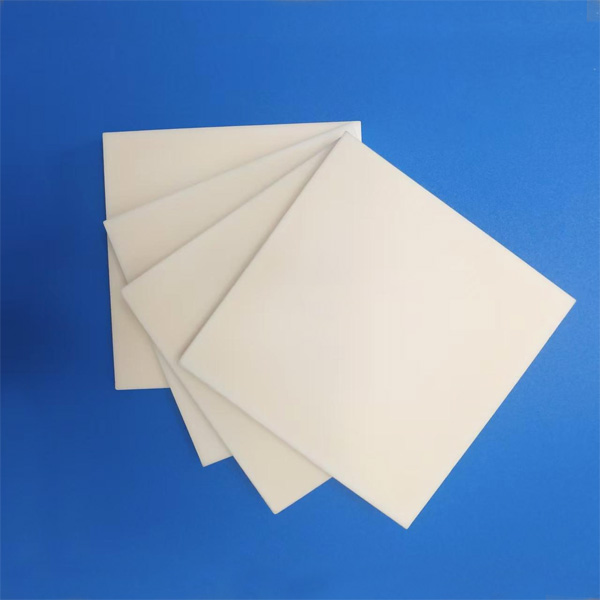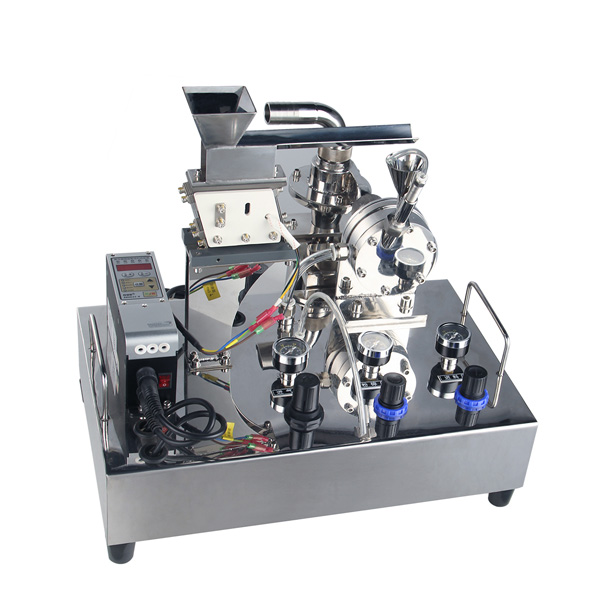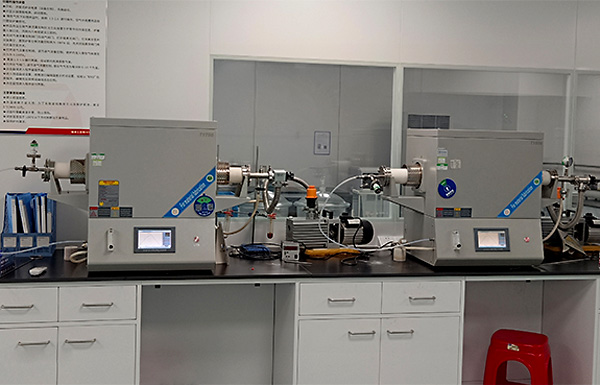Table of Contents
Powder materials refer to materials consisting of finely ground particles, typically in the form of powder, composed of particles at the micron level. These particles can be composed of various substances such as metals, ceramics, plastics, glass, and more.
Applications of Powder Material
Energy Sector: Powder materials play a crucial role in the energy sector, including applications in solar cells, lithium-ion batteries, and fuel cells. These materials allow control over particle size and purity, enhancing energy conversion efficiency and storage technology performance. For instance, nanoscale titanium dioxide powder is used in manufacturing efficient solar cells to improve photovoltaic conversion efficiency.
Ceramic Material Industry: Traditional ceramic preparation involves mixing mineral raw materials and ceramic powders, forming the mixture, sintering, and obtaining the final ceramic product. Ceramic powders, processed through sintering, result in high-strength, high-hardness, and highly wear-resistant ceramic materials used in the manufacturing of cutting tools, bearings, tempered glass, and more.
Biomedical Field: Bioceramic powders contribute to the production of medical devices and implants such as artificial bones, dental restoration materials, and artificial joints.
Powder Metallurgy: Powder metallurgy techniques enable the production of complex and high-precision components like precision gears, fuel nozzles, turbine blades, etc.
Fuel Cells: Anode and cathode materials for fuel cells can be prepared using metal, alloy, ceramic, and other powder materials.
Coatings: Powdered metals, ceramics, polymers, etc., can be prepared as various types of coatings, including corrosion-resistant coatings, wear-resistant coatings, heat-insulating coatings, etc.
3D Printing: Powder can serve as raw material for 3D printing, producing complex-shaped components and products.
Powder materials are commonly used to manufacture a variety of products, obtaining finished products with specific properties through different processes and treatments.
Powder Material Preparation Process
The typical process for preparing powder materials includes steps such as raw material preparation, crushing, milling, screening, mixing, granulation, and sintering. The specific process may vary due to differences in materials and preparation methods.
Raw Material Preparation: Prepare the corresponding raw materials based on the desired powder material.
Crushing: Crush the raw materials into small pieces or particles for the subsequent milling operation.
Milling: Use a milling machine to grind the crushed raw materials, obtaining powder with a certain fineness.
Screening: Screen the powder into different particle size grades to meet various application requirements.
Mixing: Mix powders of different compositions to obtain the desired formulation.
Granulation: Some powders undergo granulation to achieve spherical or near-spherical particle shapes, improving flowability, fillability, and surface smoothness.
Sintering: Heat the powder to a temperature below its melting point, causing particle bonding and crystallization, forming a sintered body with specific strength and density. High-temperature furnaces play a critical role in this process by controlling temperature and atmosphere conditions.
ZYLAB recommends experimental equipment for powder material preparation:
High-temperature furnaces are crucial in the sintering process of powder materials. By providing a heat source, these furnaces enable powder melting or softening at high temperatures, facilitating corresponding physical and chemical changes. Additionally, high-temperature furnaces can control atmosphere conditions, such as oxidizing, reducing atmospheres, or vacuum environments, to meet the sintering requirements of different powder materials.
How to Choose the Right Sintering Furnace
Furnace Types:
Box Furnace:Widely used in laboratories, box furnaces offer good temperature control performance and can provide a high maximum temperature. They are suitable for most general sintering experiments and are easy to operate.
Tube Furnace:In special experiments requiring stricter atmosphere control, tube furnaces may be necessary. They provide good atmosphere sealing performance and are suitable for experiments in inert gases or special atmospheres.
Vacuum Furnace:In some cases, sintering may need to be carried out in a vacuum environment to reduce oxidation reactions. Vacuum furnaces are suitable for such requirements, effectively minimizing oxygen sensitivity in materials.
Key Points for Selection:
Temperature Range:Ensure the furnace’s maximum temperature meets the requirements of your experiment.
Temperature Control Accuracy:Some experiments may require highly accurate temperature control, while others may be less sensitive to this parameter.
Atmosphere Control:Choose whether atmosphere control features are needed based on experimental requirements, such as inert atmosphere or vacuum.
Heating Rate:Some experiments may require a fast heating rate, while others may not be as sensitive to it.
Here are several Sintering furnaces recommended by ZYLAB for your reference:
Before selecting a furnace, it is advisable to have a detailed understanding of your experimental requirements and consult with our professional technicians to ensure that the chosen furnace can meet the experimental conditions.

